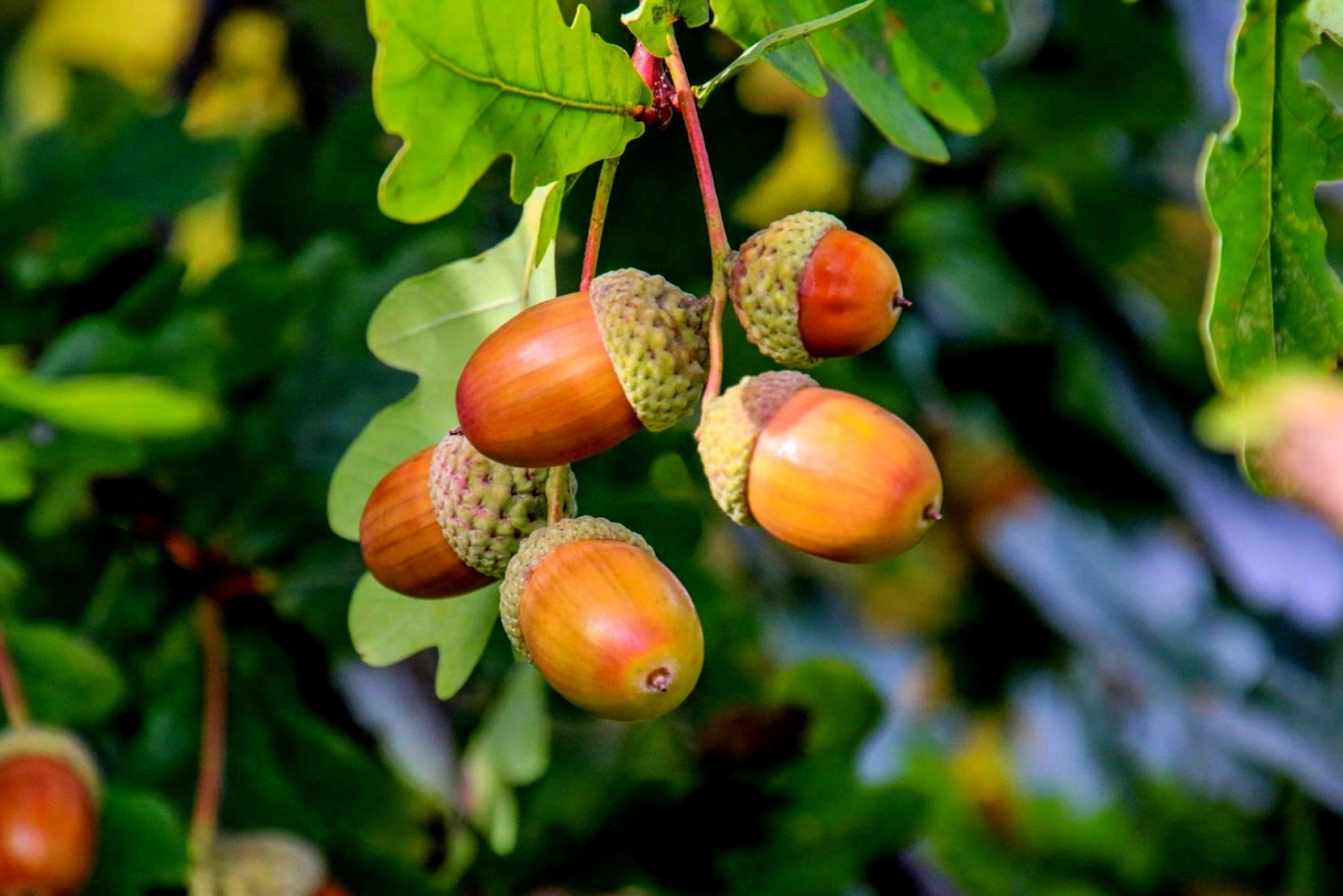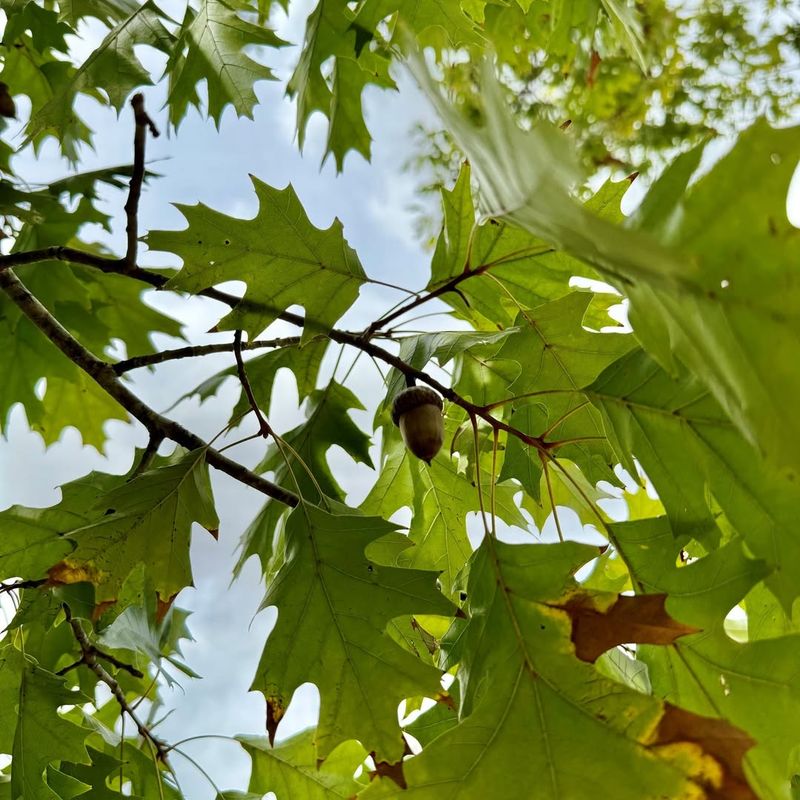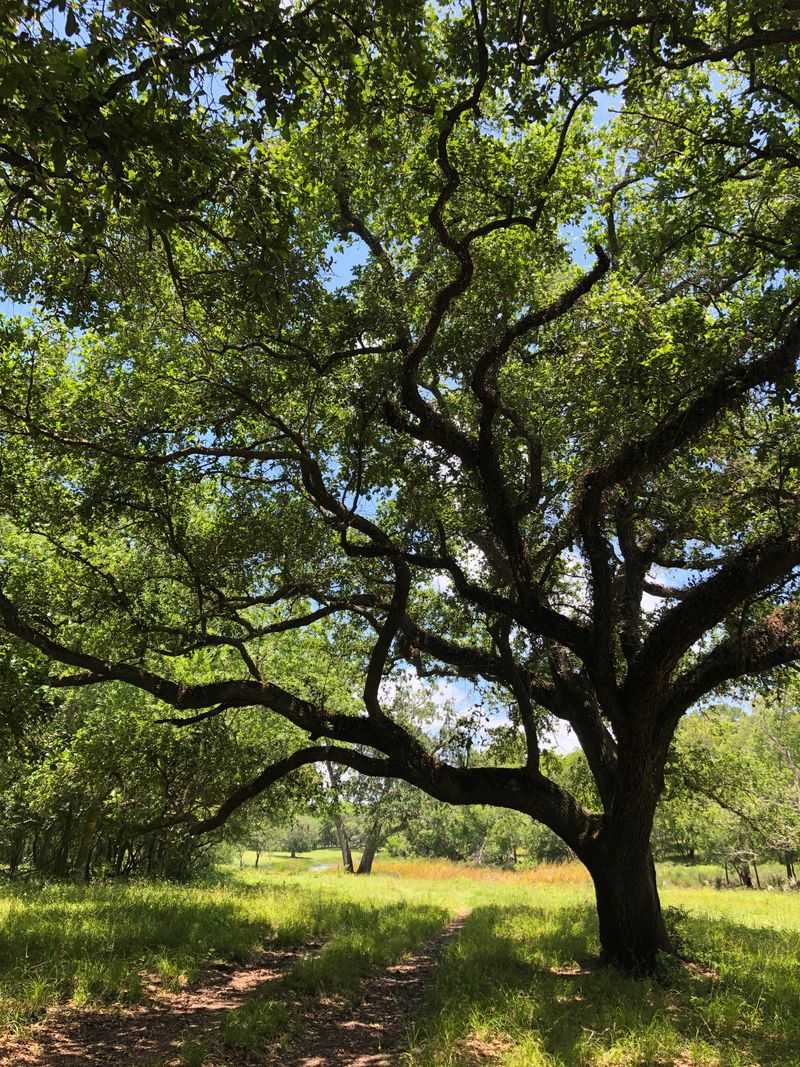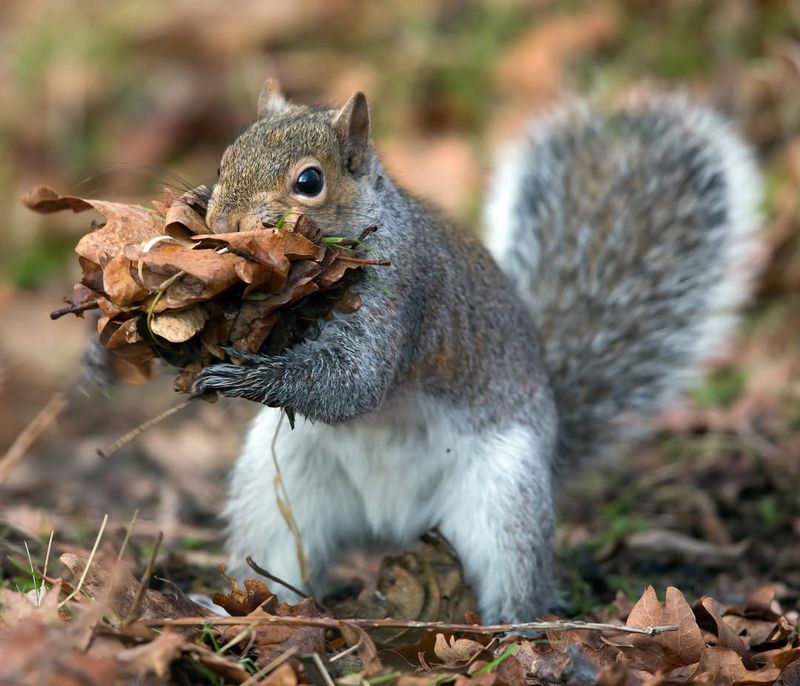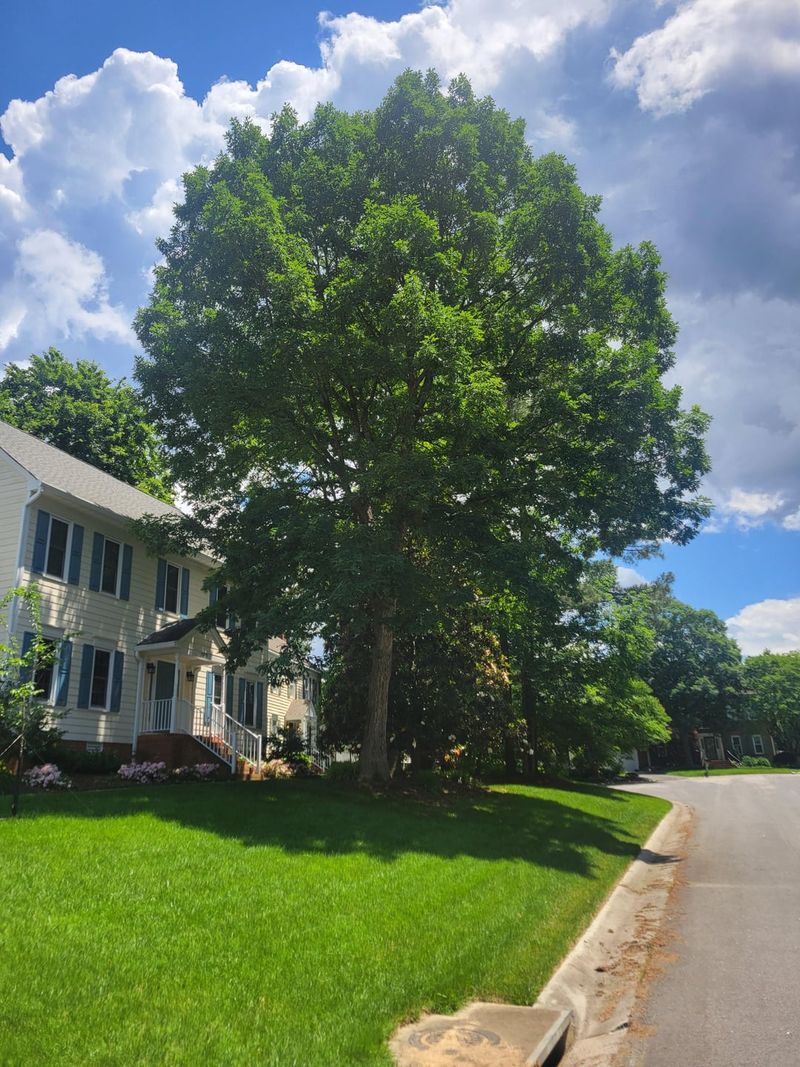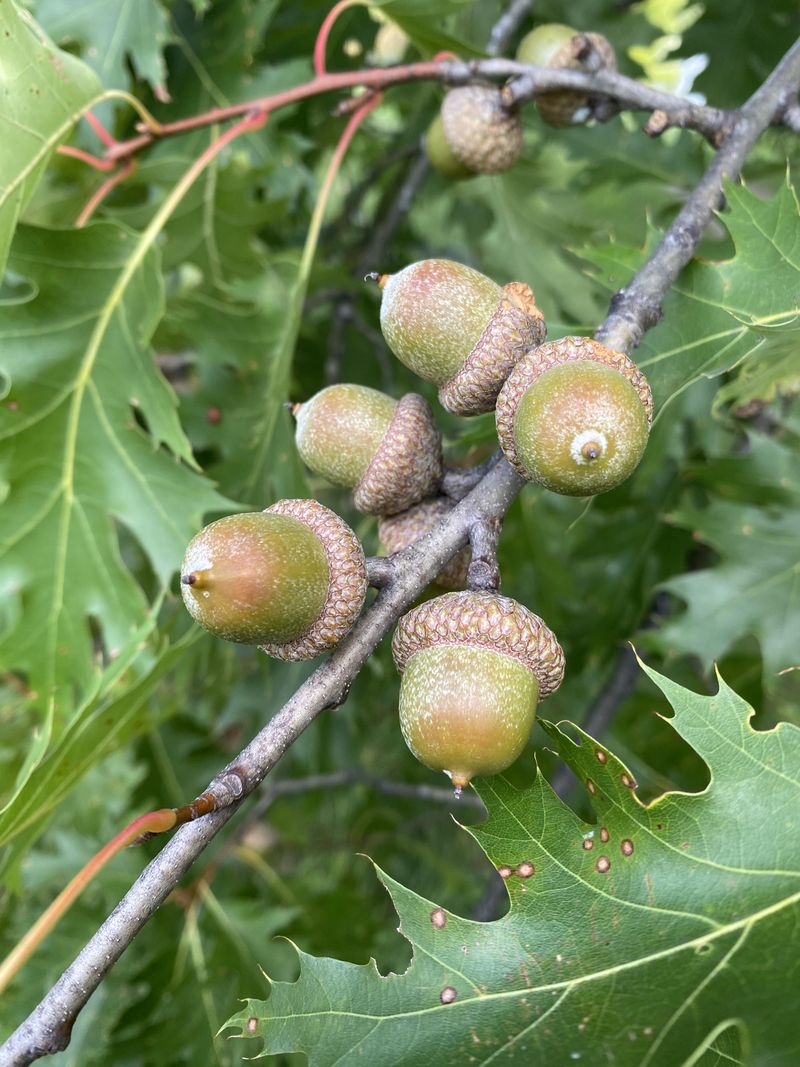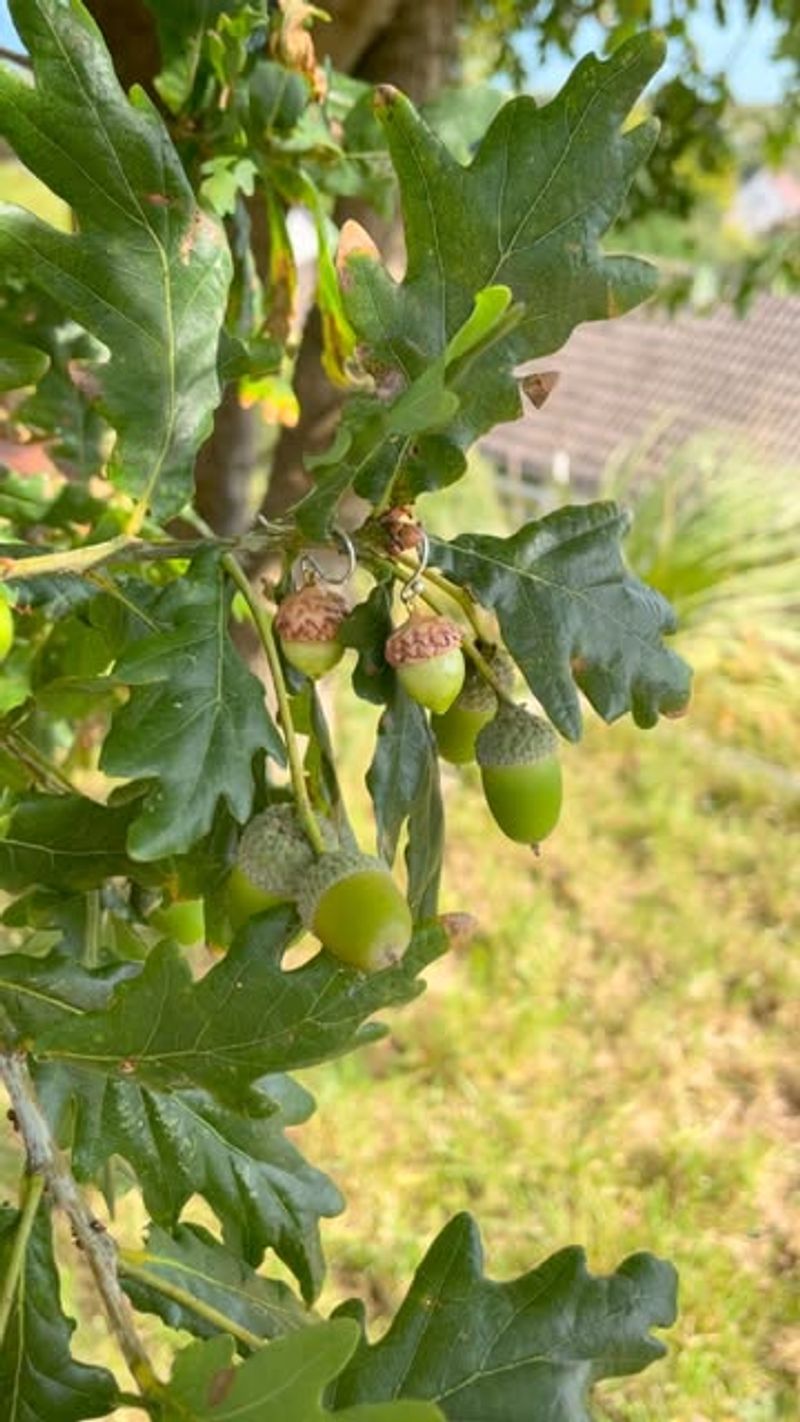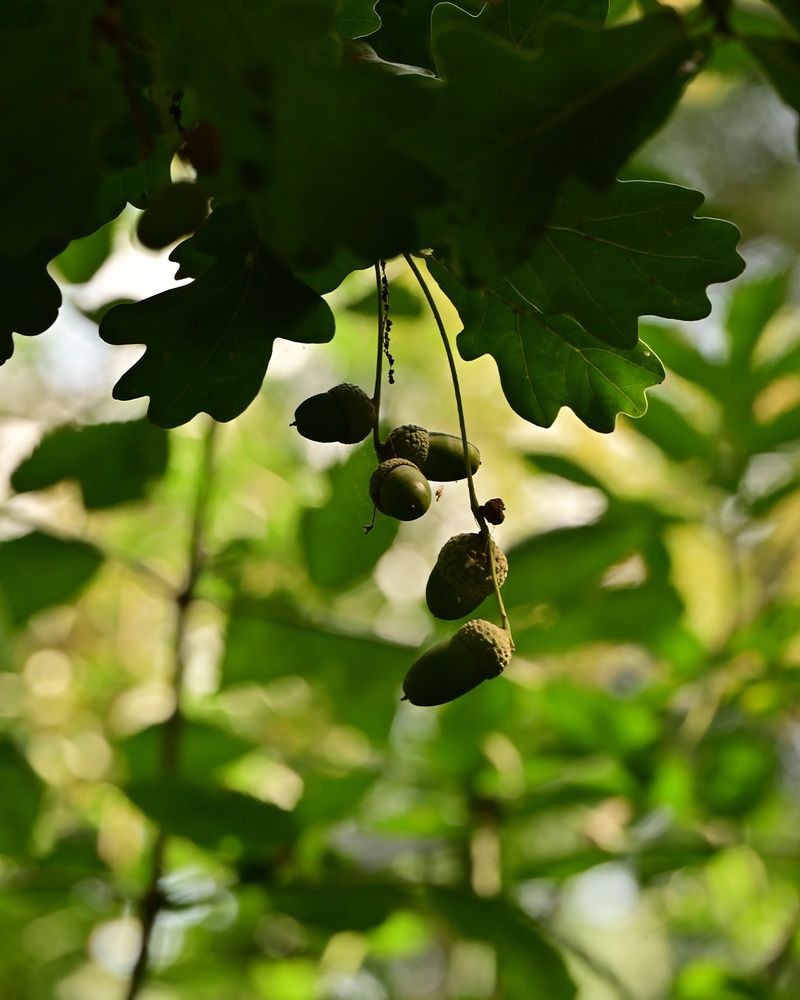Pennsylvania gardeners and homeowners, you may have noticed more acorns than usual this year. There’s actually a reason behind the sudden abundance.
I’ve gathered seven explanations that make sense of all those falling acorns. Understanding what’s happening will help you manage your Pennsylvania yard better.
1. Perfect Weather Conditions Last Spring
Oak trees in Pennsylvania had ideal conditions during last spring’s pollination season. Warm, dry weather allowed pollen to spread easily from tree to tree, which meant more flowers got fertilized successfully.
Rain during pollination can actually wash away pollen before it does its job. Luckily, Pennsylvania experienced just the right balance of sunshine and calm winds last April and May.
When pollination goes well, oak trees can produce massive quantities of acorns by fall, which is exactly what residents are seeing now across the state.
2. Oak Trees Storing Energy for Years
Did you know oak trees actually save up energy for several years before producing a huge acorn crop? It’s like they’re putting money in a savings account!
During lighter acorn years, Pennsylvania oaks focus on growing strong roots, thick trunks, and storing nutrients. When conditions are right, they release all that saved energy at once.
That’s why you’ll see tons of acorns one year and barely any the next. Trees across Pennsylvania are simply cashing in their energy reserves this season.
3. Natural Defense Against Hungry Animals
Oak trees have a clever survival strategy that involves overwhelming hungry critters with food. Squirrels, deer, and chipmunks love eating acorns, but they can only consume so much.
By producing millions of acorns all at once across Pennsylvania, oak trees ensure that animals can’t possibly eat them all. Some acorns will survive to sprout into new trees.
During low production years, animals eat nearly every acorn. But during mast years like this one, Pennsylvania’s forests guarantee the next generation of oaks gets a fighting chance.
4. Synchronized Cycles Among Oak Species
Pennsylvania is home to multiple oak species, including red oaks, white oaks, and black oaks. Interestingly, these different species often sync up their heavy acorn production years.
Scientists believe trees communicate through underground fungal networks and chemical signals in the air. When one species senses good conditions, others seem to get the message too.
This coordinated effort creates an even bigger acorn bonanza across Pennsylvania forests, making the phenomenon more noticeable to everyone who spends time outdoors this fall season.
5. Reduced Pest and Disease Pressure
When oak trees stay healthy and free from major pest infestations, they can dedicate more resources to acorn production. Pennsylvania’s oaks have enjoyed relatively low disease pressure recently.
Gypsy moths, oak wilt, and other threats can drain a tree’s energy, forcing it to focus on survival rather than reproduction. Fortunately, many Pennsylvania oaks avoided serious problems this year.
Healthy trees with strong immune systems naturally produce bigger acorn crops. That’s why forest management and tree health matter so much for our state’s ecosystems and wildlife populations.
6. Adequate Rainfall During Summer Months
After pollination wrapped up last spring, Pennsylvania received steady summer rainfall that helped developing acorns grow big and strong. Acorns need consistent moisture to mature properly on the branches.
Drought conditions can cause immature acorns to shrivel up and drop early before they’re ready. But this year, Pennsylvania’s weather cooperated beautifully throughout the growing season.
Well-timed rain meant more acorns reached full size and ripeness, leading to the abundant harvest now covering lawns, sidewalks, and forest floors throughout communities across the state.
7. Climate Patterns Influencing Tree Reproduction
Broader climate patterns can trigger mast years across entire regions. Slight temperature shifts and seasonal weather changes send signals to oak trees about when to reproduce heavily.
Pennsylvania sits in a zone where these climate influences affect forests predictably. When regional conditions align just right, trees respond by ramping up acorn production together.
Scientists are still studying exactly how climate affects these cycles, but it’s clear that Pennsylvania’s oaks are responding to environmental cues. Expect these bumper crop years to happen periodically as nature follows its rhythms.

